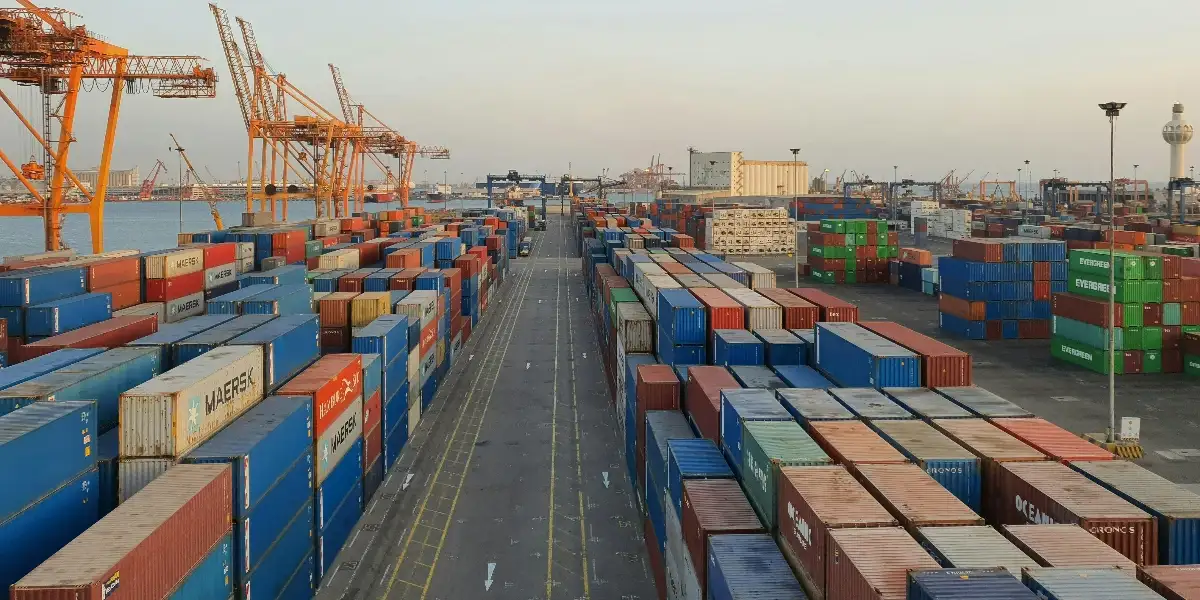Agile Supply Chains
Agile Supply Chains are flexible and responsive supply chain systems that quickly adapt to changes in demand, allowing for efficient adjustments in production, distribution, and logistics to meet customer needs.
An agile supply chain refers to a dynamic and responsive approach to the design, management, and operation of supply chain processes. Characterized by flexibility and adaptability, an agile supply chain can quickly adjust to changes in demand, disruptions, and market conditions. It emphasizes real-time information, collaboration, and innovation to enhance overall efficiency and customer satisfaction.
Despite previous efforts to enhance agility, the COVID-19 pandemic exposed the vulnerability of supply chains, emphasizing the critical need for organizations to fortify their supply chain resilience. The unpredictability introduced by geopolitical tensions, exemplified by events like the Russia-Ukraine war and Red Sea attacks, alongside natural disasters like cyclones, earthquakes, and hurricanes, further accentuates the necessity for agility. Climate change issues, such as the Panama Canal drought, add another layer of complexity. Additionally, factors like labor shortages and strikes have intensified the call for companies to prioritize agility in their supply chains.
What Makes Supply Chains Agile
Flexibility and Adaptability: Ability to quickly adapt to changes in customer demand, market conditions, or disruptions in the supply chain.
Collaborative Networks: Strong collaboration among suppliers, manufacturers, distributors, and other stakeholders to share information and respond collectively to challenges.
Real-Time Information: Continuous access to real-time data about inventory levels, production status, and logistics enables informed decision-making.
Innovative Technologies: Utilization of advanced technologies to enhance visibility, predictability, and responsiveness in the supply chain.
Benefits of Agile Supply Chains
- Quick response to changes in demand or disruptions, leading to enhanced overall responsiveness.
- Streamlined processes and efficient coordination result in reduced lead times for product delivery.
- Meeting customer demands promptly and efficiently, contributing to increased customer satisfaction.
- Efficient inventory management, minimizing excess stock and reducing the risk of stockouts.
- Effective resource utilization and reduced operational inefficiencies lead to cost savings.
Technology to Make Supply Chains Agile
Real-Time Vessel Tracking: Constant monitoring of vessel locations and movements for accurate arrival predictions.
Live Information about Container Movement: Real-time tracking updates on container status, location, and movement in the supply chain.
Port Terminal Insights: Access to data providing container insights into port terminal operations and potential bottlenecks.
Port Congestion Insights: Early identification of port congestion issues for proactive rerouting and scheduling adjustments.
Predicted ETA and ETDs: Advanced algorithms predicting Estimated Time of Arrival (ETA) and Estimated Time of Departure (ETD) for improved planning.
Exceptions Management: Systems to handle and manage exceptions, allowing proactive resolution of delays and disruptions.
Shipping Analytics Including Carrier Performance: Analytical tools providing insights into carrier performance and lane performance to help make cost-efficient decisions and optimization.
Incorporating these tools empowers supply chains to be more agile, responsive, and better equipped to navigate the complexities of modern logistics and global trade.







